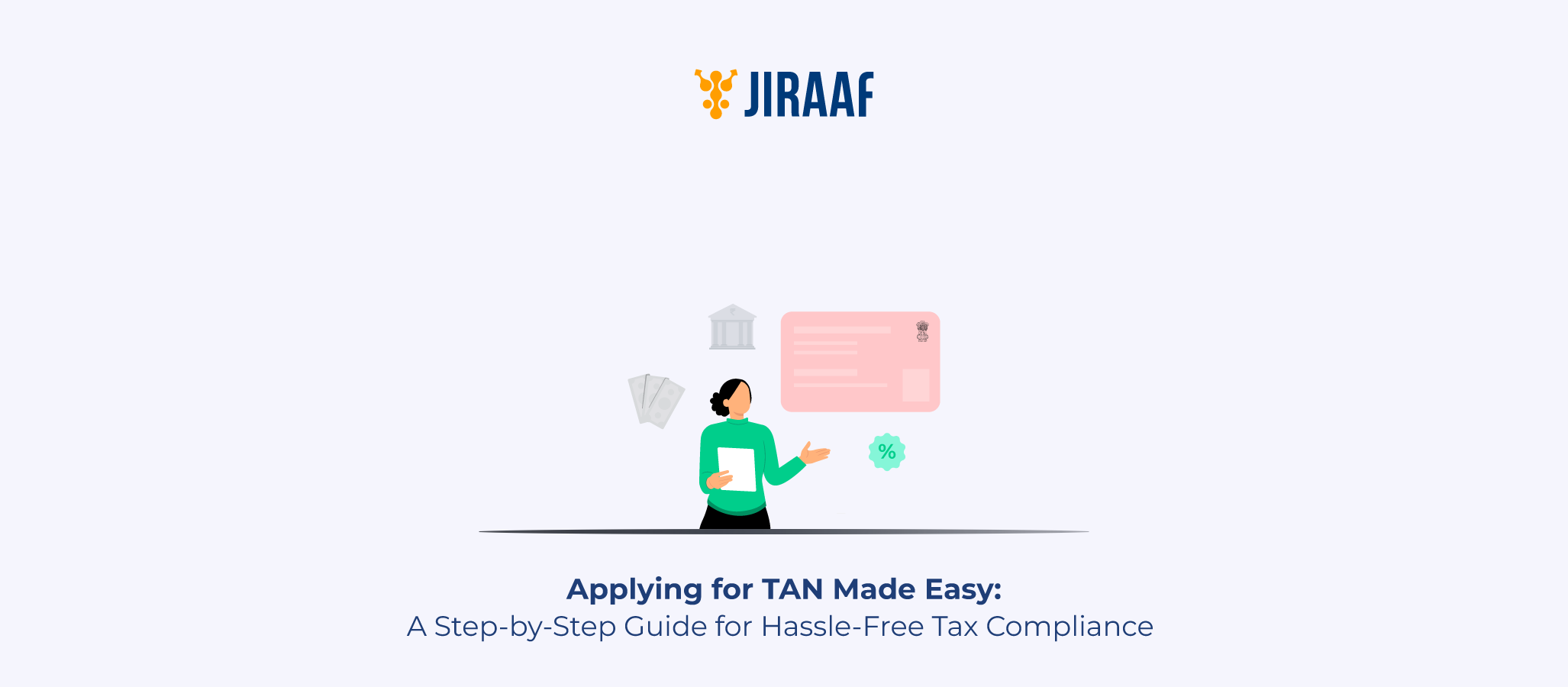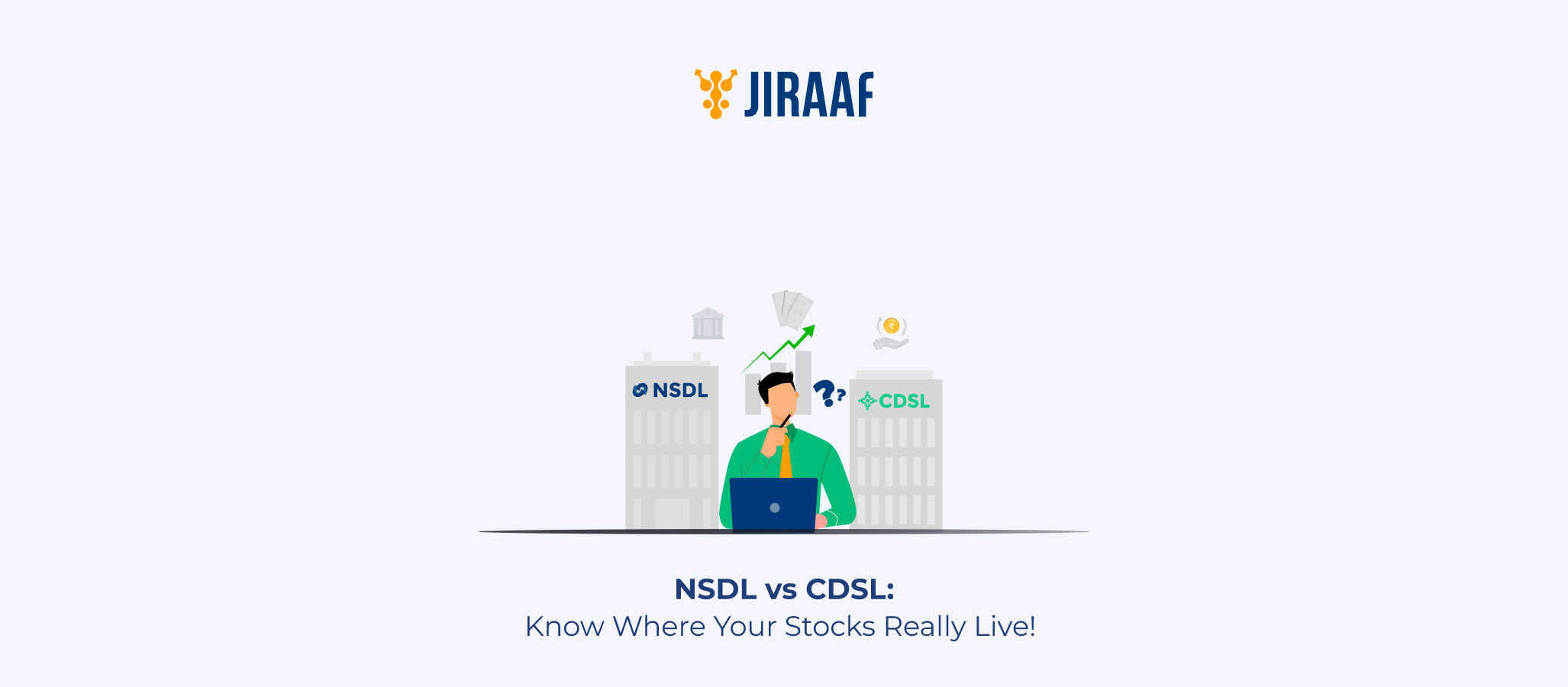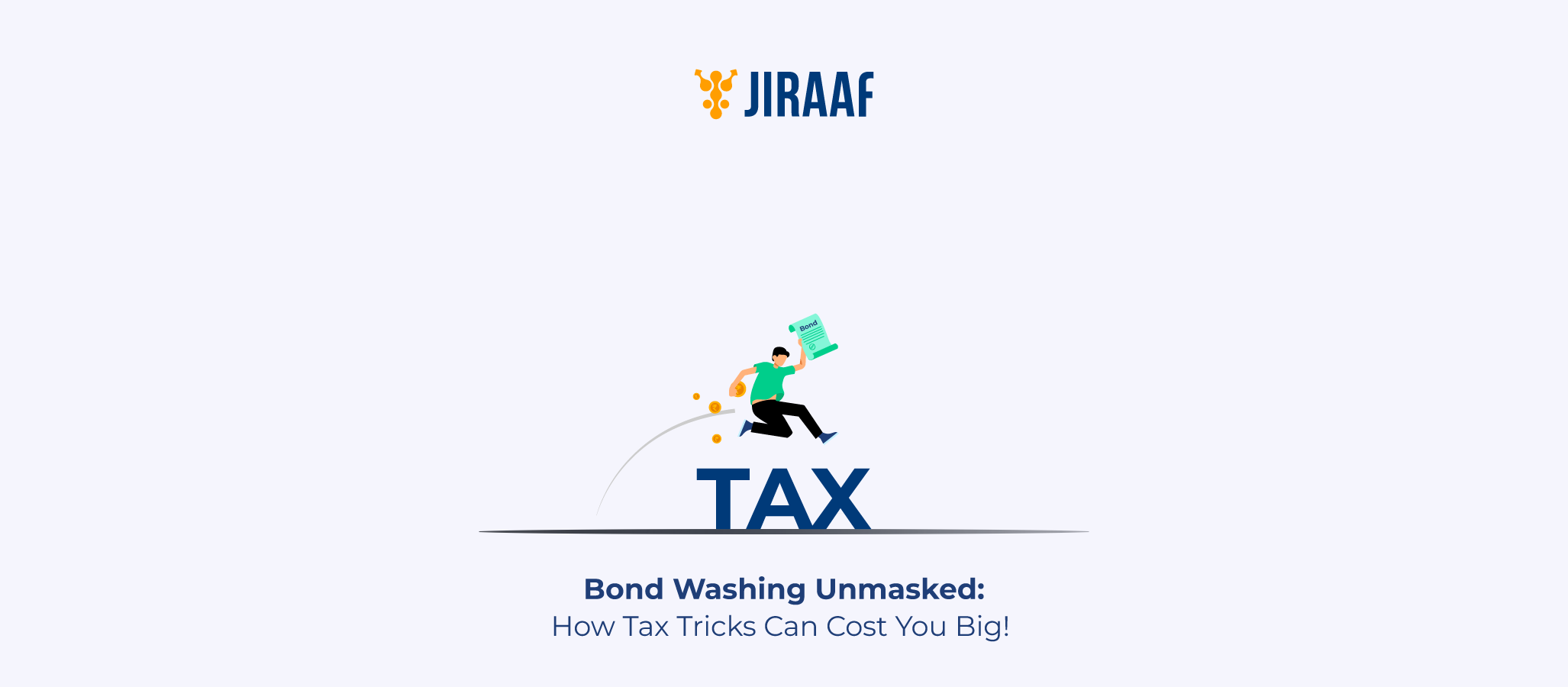In India, the tax ecosystem involves more than just filing returns. If you’re a business owner, employer, or even a freelancer required to deduct taxes at source (TDS), you need a Tax Deduction and Collection Account Number (TAN). It’s mandatory, and not having one can lead to penalties and compliance issues with the respective authorities.
This blog breaks down everything you need to know about TAN, from what it is and who needs it, to how to apply, what documents are required, where to pay the fee, and how to check your acknowledgment status. Whether you’re applying for the first time or just need a refresher, this is your complete guide.
What is TAN in Income Tax?
TAN stands for Tax Deduction and Collection Account Number. It is a 10-character alphanumeric number issued by the Income Tax Department of India through NSDL, required by entities that deduct or collect tax at source under the Income Tax Act.
Structure of TAN
TAN is structured as follows:
The first 4 characters of your TAN are letters (based on your city/state code + name); The next 5 characters are numbers, and the last character is an alphabet. For example, a sample TAN would be written like: MUMT12345G.
Who Needs to Apply for a TAN?
You need a TAN if you’re required to deduct or collect TDS/TCS. Here are the common entities mandated to carry a TAN:
| Entity Type | TAN Requirement |
| Employers deducting TDS | Mandatory |
| Companies and LLPs | Mandatory |
| Government offices | Mandatory |
| Freelancers or consultants | Only if deducting TDS for services |
| Individuals buying property | If property value exceeds ₹50 lakhs and TDS is applicable |
| Banks and NBFCs | Mandatory |
Note: Even individuals (not businesses) may need a TAN if they are responsible for TDS in specific cases (e.g., buying property or paying rent over ₹50,000/month).
Why Is TAN Important?
TAN serves an important role in various situations. It:
- Is required to deduct TDS or collect TCS legally.
- Helps the Income Tax Department track deductions.
- Is mandatory for filing TDS/TCS returns.
- Is required for issuing Form 16, 16A, and 27D.
- Carries a penalty of ₹10,000 under Section 272BB for failure to apply for TAN when applicable.
How to Apply for TAN Online?
You can apply for TAN online through the TIN-NSDL portal. Here’s a step-by-step process.
Step 1: Visit the Official Portal
Go to https://tin.tin.nsdl.com
Step 2: Choose the Correct Application Form
Click on TAN > Apply Online > Select Form 49B.
- Indian citizens/entities can use Form 49B
- Foreign entities can use specific offline mode
Step 3: Fill in the Application Details
Enter the following information:
- Name and address
- Category (Company/Individual/LLP)
- Area code, AO code, Range code
- PAN (if applicable)
- Email ID and mobile number
Tip: Use AO code finder on the portal if you’re unsure.
Step 4: Submit the Form and Make Payment
- Review the form
- Submit online
- Pay ₹65 (₹55 application fee + 18% GST)
Step 5: Acknowledgment Generation
Once submitted, an acknowledgment receipt with a 14-digit number is generated. Print and sign the acknowledgement form.
Step 6: Send Acknowledgment by Post
Mail the signed acknowledgment to:
NSDL e-Gov,
5th Floor, Mantri Sterling,
Plot No. 341, Survey No. 997/8,
Model Colony, Near Deep Bungalow Chowk,
Pune—411016, Maharashtra
Note: Physical dispatch of the signed acknowledgment is mandatory even for online applications.
Documents Required for Online TAN Application
No supporting documents are required to be submitted along with the application. However, the following details must be correctly provided in the application:
- Full name and address
- Status of applicant (firm, individual, company, etc.)
- PAN (if applicable)
- Email ID and mobile number
How to Apply for TAN Offline?
You can also apply through offline mode by:
- Visiting a TIN-FC center
- Filling Form 49B manually
- Paying via DD/Cheque/Cash (₹65)
- Submitting required documents and form(s).
Documents Required for Offline TAN Application
Here’s what you need:
| Requirement | Details |
| Form 49B | Must be filled correctly and completely |
| Proof of Identity | PAN card, Aadhaar card, Passport (for individuals) |
| Proof of Address | Utility bill, lease agreement, bank statement |
| Authorization Letter | For companies/firms—letter authorizing the signatory |
| Challan/Payment Receipt | If offline payment is made via demand draft |
| Signed Acknowledgment | If applied online—must be posted within 15 days of online submission |
Where to Pay TAN Application Fee?
| Payment Method | Platform/Instructions |
| Online Payment | Credit/Debit Card or Net Banking through TIN-NSDL portal |
| Offline Payment | Demand Draft/Cheque in favor of “NSDL–TIN” payable at Mumbai |
| Cash | Only at selected TIN-FC centres |
Fee Amount: ₹65 (inclusive of GST)
How to Track TAN Acknowledgment
You can track your TAN application on the TIN NSDL portal. Just follow the below-mentioned steps.
Steps:
- Enter:
- Acknowledgment number (14-digit)
- Full name or date of birth
- Click on ‘Submit’
You’ll see the status—under process, issued, or rejected.
You can also send an SMS NSDLTAN to 57575 to check status.
When Will You Receive the TAN?
If everything is in order,
- Online application: TAN is allotted within 7-15 working days
- Offline application: Around 15-20 working days
- TAN is sent via email and physical letter
Once allotted, you can start using TAN for TDS and TCS filings.
Where Is TAN Used in Practice?
| Use Case | Why TAN is Needed |
| Filing TDS/TCS returns | Mandatory |
| Issuing Form 16/16A/27D | Required to validate deductions |
| Buying property over ₹50 lakhs | Buyer must deduct TDS @1% and quote TAN |
| Paying rent over ₹50,000/month (Section 194-IB) | Required if individual needs to deduct TDS |
| Deducting TDS on contracts, salaries, etc. | Must quote TAN in all filings |
Common Mistakes to Avoid while Applying for TAN
| Mistake | Why It Matters | How to Avoid |
| Choosing wrong form (e.g., Form 49A) | TAN needs Form 49B, not 49A | Always double-check form type |
| Entering incorrect AO Code | May delay processing | Use AO Code Finder on TIN site |
| Mismatch in entity name vs. PAN | Leads to rejection | Cross-verify official records |
| Not posting signed acknowledgment (online mode) | Application will be cancelled | Send within 15 days of online submission |
| Using fake/invalid documents | Legal penalties, rejection | Use only government-approved ID/address proofs |
Dos and Don’ts of TAN Application
| DOs | DON’Ts |
| Use official NSDL or TIN-FC centres | Don’t use third-party websites |
| Ensure name and address match PAN or Aadhaar | Don’t delay sending acknowledgment |
| Check status regularly after submission | Don’t assume TAN is allotted without tracking |
| Keep the acknowledgment number safe | Don’t lose receipt—it’s proof of your request |
Conclusion: Get TAN Right, Stay Compliant
Getting a TAN is more than a regulatory formality—it’s your legal gateway to deduct and deposit tax on behalf of others. If you deduct TDS or collect TCS, applying for TAN is not optional; it’s essential.
By following the steps in this guide, gathering the correct documents, and staying updated on your application status, you can complete the process seamlessly. Avoid common errors and use your TAN responsibly—because in the world of taxes, accuracy and timeliness can save you from unnecessary trouble.
FAQs About How to Apply for TAN
No, if you’re only a salaried individual with no TDS obligations, you don’t need a TAN.
You may face a penalty of ₹10,000 under Section 272BB of the Income Tax Act.
No, each branch or division must apply for a separate TAN if it deducts TDS independently.
You can request a reprint of your TAN allotment letter from the TIN NSDL site.
Yes. PAN is for income tracking; TAN is specifically for deductors/collectors of TDS/TCS.
Discover fixed income investments with Jiraaf, a SEBI registered online bonds platform that educates and brings access to a wide array of bonds. Sign up today to explore diversified fixed income investment opportunities to support your goal-based wealth creation journey. Start investing!




